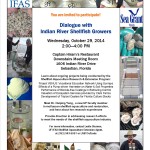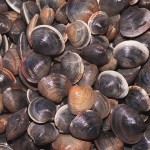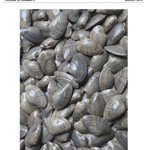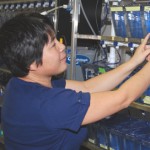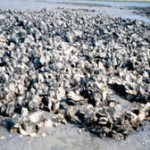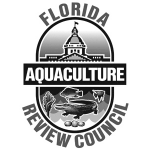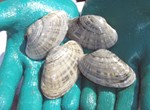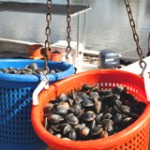As of January 2014, the National Sanitation Shellfish Program’s (NSSP) Model Ordinance was modified to include new food safety training requirements. These changes initiated by the U.S. Food and Drug Administration (FDA) are outlined in NSSP Guide Section II, Model Ordinance Chapter X. Under the new mandate, shellfish harvesters, shellfish growers, authorized users, or anyone working on an aquaculture lease must participate in an approved training program on processing, handling, and transportation practices prior to certification, recertification, or licensing.
